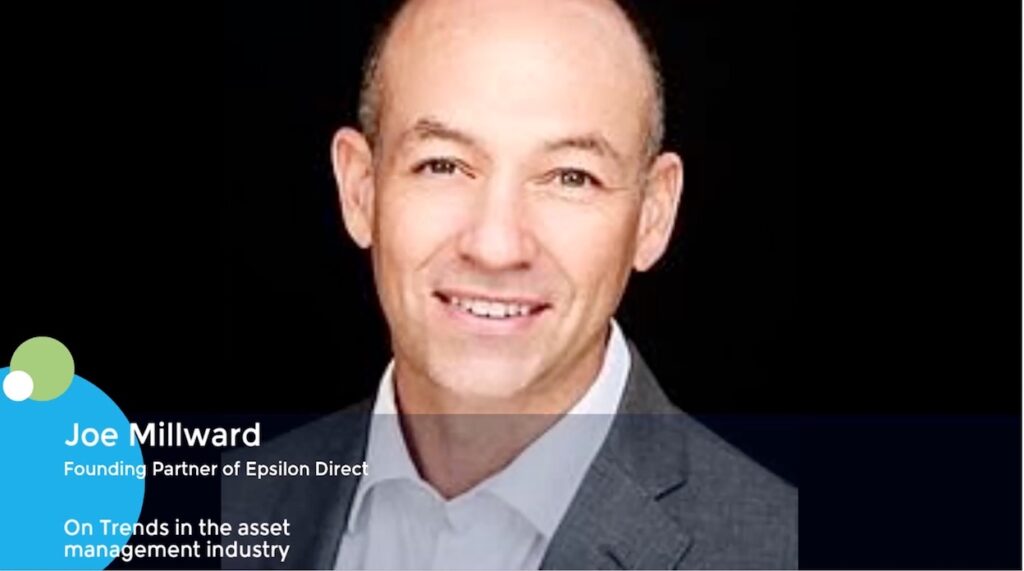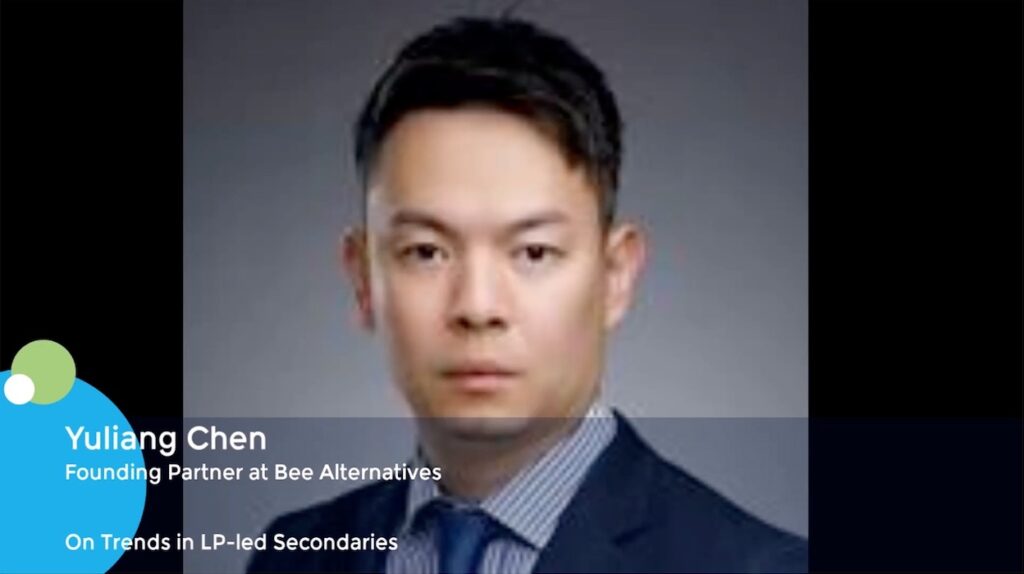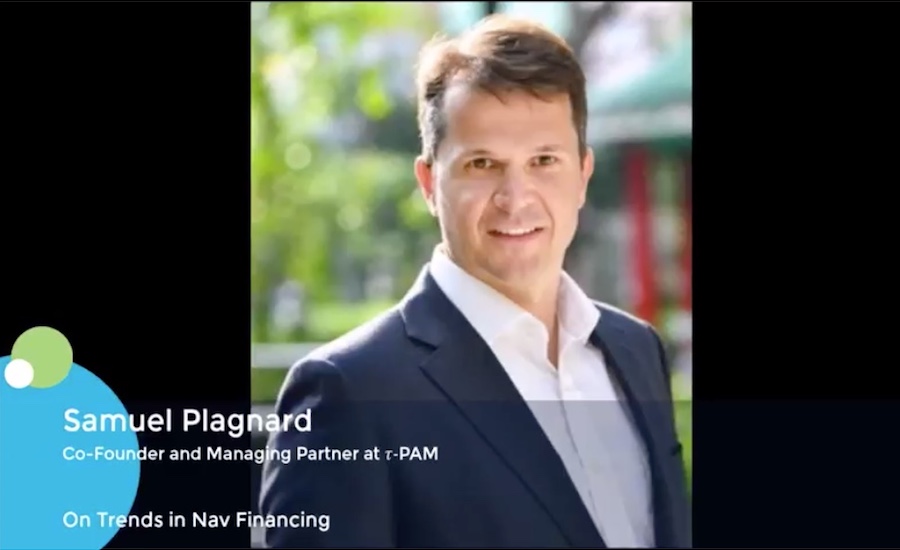Asia private equity 2Q analysis: Japan, India underscore their popularity
- Japan’s middle market becomes Asia’s fundraising darling
- Semiconductor mega fund dominates renminbi space
- India supplants China as biggest source of IPO proceeds
- South Korea helps drive tentative regional exit revival
- India supplants China as Asia’s top investment destination
- Deal activity remains weak, especially in the buyout space
1) Fundraising: Japan GPs oversubscribed, China unveils chip behemoth
Capital raised for Asia (excluding renminbi funds)… USD 16.2bn, up 13% quarter-on-quarter, down 27% year-on-year
Japan fundraising is on a hot streak – so much so that the country led the way for Asia ex-renminbi-denominated funds in the second quarter of 2024. It has previously claimed the top spot only twice in eight years, according to provisional data from AVCJ Research.
The USD 6.1bn total represents a single-quarter record for Japan. Moreover, the USD 9.5bn raised since the start of the year is already within striking distance of the USD 11.3bn secured across the entire 12 months of 2023. For buyout funds alone, with The Carlyle Group and Integral Corporation closing on JPY 430bn (USD 2.67bn) and JPY 250bn in the second quarter, 2023 has already been surpassed.
These two managers sit at the upper end of an increasingly stretched middle market as a handful of managers take advantage of their entire peer group being oversubscribed and scale up aggressively on the prior vintage. Carlyle and Integral’s funds increased in size by 66% and 102%, respectively, but neither expects to leave the middle market. Rather, they will do more deals, citing jam-packed pipelines.
Rising deal flow is just one factor. A supply-demand imbalance has been created by a 50% depreciation in the yen since most Japanese GPs were last in the market – so an overseas LP looking for the same allocation in US dollar terms is in effect asking for twice as much in local currency – and an influx of interest from LPs that want to tilt their Asian programmes away from China.
Other Japan funds in the top 20 closes from the second quarter include Sunrise Capital, which secured USD 500m for its fifth offering, up from USD 450m last time, although the corpus doubled in size in yen terms. The share of capital sourced from global LPs rose from 66% to 75% and the re-up rate was around 95%. Consequently, newcomers had little space, so the surplus demand had to look elsewhere.
Sunrise has unusually high offshore representation in its investor base for a local private equity firm. Rising interest from Japanese LPs meant other managers could not accommodate the international contingent as far as they expected. Integral, for example, thought the jump in fund size would see the offshore share surpass 60%. However, it remained around 50%.
There is disquiet among LPs about fund sizes, specifically whether Japanese GPs have the experience and resources to operate on a larger scale. Nevertheless, Japan and India – where Kedaara Capital accumulated USD 1.74bn for a heavily oversubscribed fourth fund – remain the sole bright spots in an otherwise bleak Asia fundraising landscape.
Commitments to Asia-focused managers, excluding renminbi funds, came to USD 16.2bn in the second quarter, up slightly from January-March, but still trailing the average of USD 21.6bn for the prior eight quarters. TPG Capital’s eighth pan-regional fund was the largest to close, with USD 5.3bn. Notably, the manager emphasised the importance of Australia, India, and Southeast Asia to its strategy.
China continued to perform weakly, at least on the US dollar side, with little to show apart from Trustar Capital’s USD 900m first close on its fifth China buyout fund. The target remains USD 3.5bn. Renminbi fundraising, meanwhile, has never been stronger, coming in at USD 68bn for the second quarter.
Local currency vehicles make up half the region’s top 20. Still, one sits an ocean in front of the rest: National Integrated Circuit (IC) Industry Investment Fund III – the third iteration of the so-called Big Fund – closed on CNY 344bn (USD 47.6bn). With it, Asia private equity fundraising is at a record level. Without it, but including other renminbi funds, the second quarter is on par with the eight-quarter average.
Big Fund III is even larger than its two predecessors, which closed on CNY 138.7bn and CNY 200bn in 2017 and 2019, respectively. Like most government guidance funds, the LP comprises government-linked investors, although state-owned banks are more prominent in this iteration than the last.
The Big Fund has previously been described as a “gold finger” investor: whatever it touched would see a spike in valuation. However, compensation was structured like a state-owned enterprise rather than a VC firm – fixed salaries, no incentives – and there were reports of executives making investments on the side. In 2022, multiple executes at Sino-IC Capital, the fund manager, were placed under investigation.
The purge resulted in a management shakeup and the Big Fund has emerged with even more capital – recognition of the role it is supposed to play in building a domestic semiconductor industry amid an escalating technology war with the US.
2) Exits: India IPOs withstand regional malaise, China IPOs do not
Proceeds realised from Asia… USD 12.5bn, up 34% quarter-on-quarter, down 3% year-on-year
Mainland China’s dominance of Asian private equity and venture capital-backed IPOs stretches back years. But it ended in the second quarter of 2024 as India was responsible for the largest share of proceeds. Five of the 15 largest offerings happened in Mumbai and New Delhi, including three of the top six: Aadar Housing Finance, Digit Insurance, and Indegene Lifesystems.
It was by no means a stellar three months for IPOs by companies with financial sponsors. The USD 3.8bn raised from 47 offerings is broadly comparable to the USD 3.5bn from 49 in the first quarter. Activity hasn’t been this slow since early 2019.
The drop-off in mainland China – where multiple planned share sales appear to be shelved each day – is remarkable. Throughout 2022 and 2023, it accounted for an average of 80% of Asia-wide IPO proceeds per quarter. This fell to 62% in January-March (USD 2.1bn raised from 18 offerings) and 17% in April-June (USD 668m from seven). This compares to USD 10.4bn from 28 in the final quarter of 2023.
Ten Chinese companies did go public but in Hong Kong. They included XtalPi, an artificial intelligence-enabled drug developer backed by the likes of 5Y Capital and HongShan, which became the first IPO under the 18C regulations that make it easier for high-growth pre-profit companies to list. An expected increased uptake of 18C led PwC to predict a strong showing from Hong Kong IPOs in the second half.
Hong Kong’s share of region-wide listing proceeds reached 22% in the second quarter, a level not seen in three years. South Korea also crept ahead of China, but India led the way with 29%, or USD 1.1bn.
India was responsible for most public market exit activity in the second quarter as well, but the pan-Asia total of USD 1.2bn was down by more than half on January-March. This happened despite the Indian and Japanese markets reaching record highs and South Korea staging a rebound.
The region generated USD 12.5bn in overall exit proceeds, a sizeable improvement on the multi-year low of USD 9.3bn logged in the first three months of the year, but short of the USD 16.8bn average for the prior eight quarters. Trade sale and sponsor-to-sponsor sale volumes returned to something like their recent norms. Notably, the trade sale deal count jumped from 55 to 96, a three-year high.
The sell-down slowdown meant that India, having been Asia’s primary source of PE exits for nine of the previous 12 quarters, slipped to third. South Korea, which delivered six of the 20 largest exits, took first place. Marque deals included The Blackstone Group selling Geo Young to MBK Partners for USD 1.4bn and Hahn & Company offloading Hanon Systems to Hankook Tire & Technology for USD 993m.
Announced exit activity in the second quarter also hinted at a revival in cross-border interest in Asia-based assets. In addition to Genmab acquiring ProfoundBio for USD 1.8bn (China to Denmark), Eu Yan Sang International went to Mitsui & Co and Rohto Pharmaceutical (Singapore to Japan), Illion Australia to Experian (Australia to the UK), and MSS Holdings to Asia Pulp & Paper (Korea to Indonesia).
3) Investment: China deal flow drops off, India comes to the fore
Capital deployed in Asia… USD 28.2bn, down 19% quarter-on-quarter, down 34% year-on-year
Despite a pickup in private equity activity in the US and Europe during the first half of 2024, Asia’s uncertain investment environment persists. The first-quarter total of USD 26.6bn was revised upwards to USD 35bn as previously undisclosed deals came to light, so the nine-year low was averted. But then the figure for April-June came in: USD 28.2bn. Asia hasn’t seen anything like it since 2016.
While a similar upward revision may happen, that shouldn’t obscure the prevailing mood. Across the region – notably in Japan, South Korea, and Australia – investors and advisors talk about seeing more deal flow, yet it is taking time to come to fruition. Buyouts were especially weak in the second quarter, the USD 9bn total slightly below that seen in the early stages of COVID-19.
China counterbalanced inactivity elsewhere in the region during the first three months, contributing the six largest deals and more than half of the overall transaction volume. It didn’t last. Investment in the country collapsed from USD 18.9bn to USD 6.7bn, a 10-year low. Three growth capital deals represent its sole participation in the 20 largest investments in Asia.
Japan’s slide continued – to USD 2.7bn, down from USD 4.3bn and USD 10.9bn in the two prior quarters, confirming its status as a lumpy market. Australia, South Korea, and India, however, rebounded from their lows. All three reached or came close to reaching their averages for the prior eight quarters.
Much is made of Asia’s looming take-private opportunity, and it appears to be moving forward in Australia, where Madison Dearborn Partners agreed to buy APM Human Services International – a company it took public in 2021 – for USD 855m. Meanwhile, Perpetual, which has been targeted by PE before, is set to sell its wealth management and corporate trust business to KKR for USD 1.4bn.
These were two of just five deals from the quarter that surpassed USD 800m and 15 that cleared USD 500m. Three of the latter involved India-based assets, helping the country become Asia’s largest investment destination. It marks the first time India has edged out China since 2013; and it was an edge, with private equity firms deploying USD 6.9bn in India, up from USD 5.5bn in the previous quarter.
The country absorbed USD 4.7bn, or nearly one-third, of Asia’s USD 14.3bn in growth capital, but this was not solely a technology affair. There were double-digit allocations to financial services, utilities, and healthcare, with Apollo Hospitals’ pharmacy business and JSW Energy among the recipients.
Of the 36% deployed in technology deals, three stood out: USD 665m for grocery delivery platform Zepto, USD 216m for e-pharmacy PharmEasy, and USD 200m for eyewear business Lenskart. There was foreign participation in each one – from Goodwater Capital to Goldman Sachs to Fidelity – underlining India’s enduring appeal even in the wake of a global correction.


















